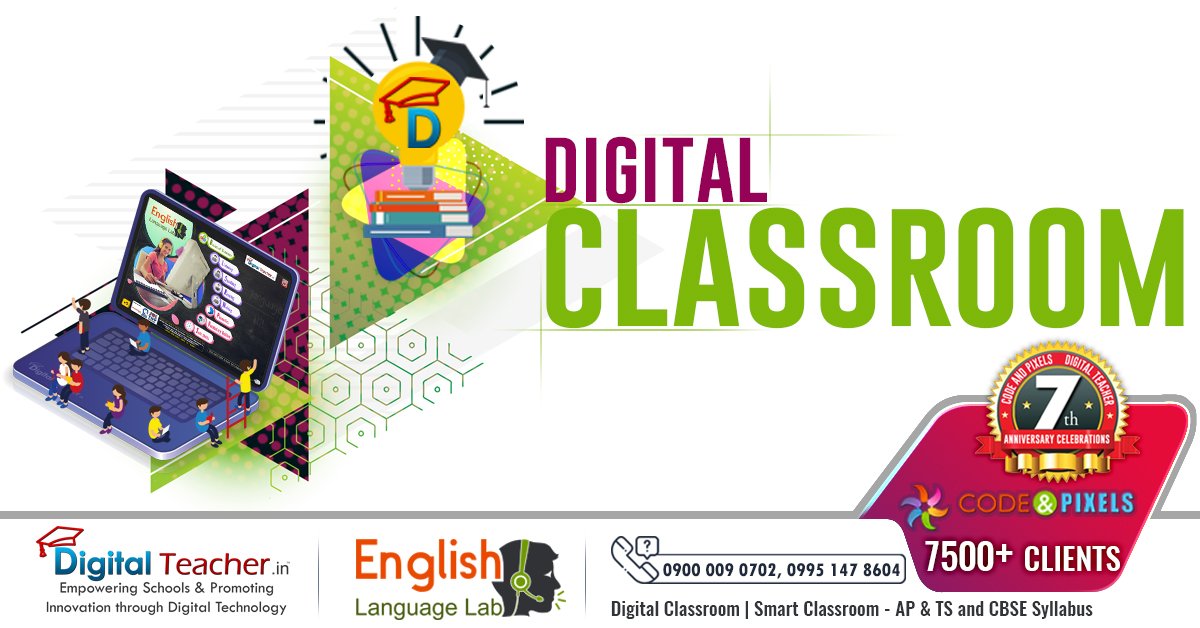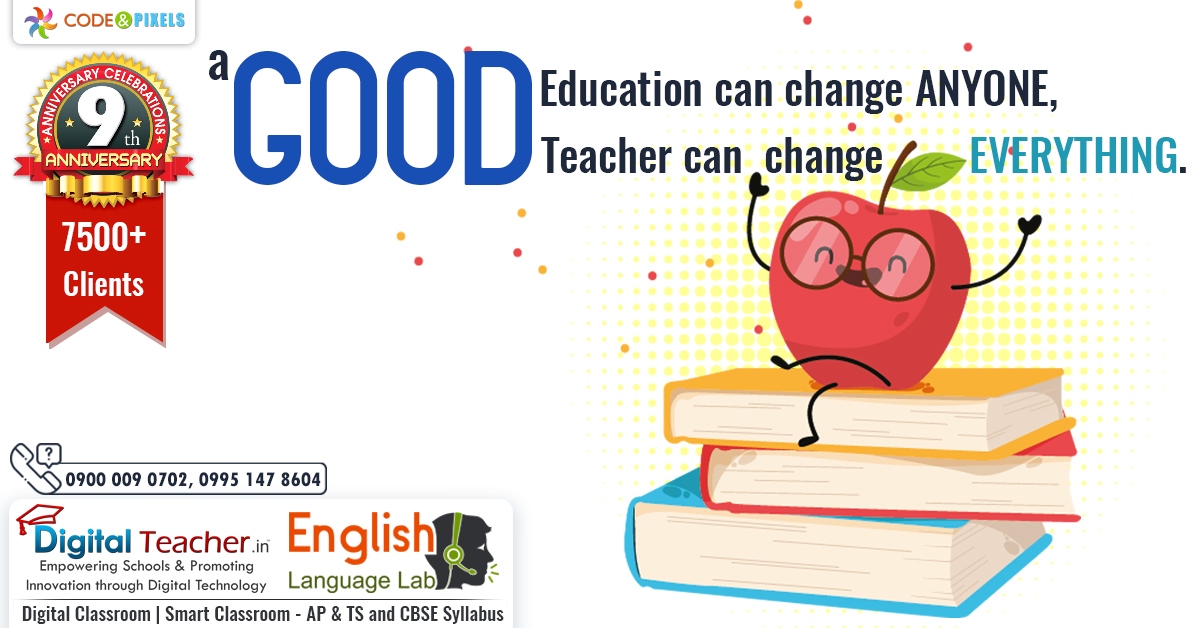Different types of teaching
![]()
Web based learning
Web based training:
Web based training refers to training that can be delivered anytime in any part of the globe to someone with Internet access. They have also been responsive courses. There are two primary models of Web-based instruction: synchronous (instructor-facilitated) and asynchronous (self-directed, self-paced). Instruction can be delivered by a combination of static methods and interactive methods. In the U.S., Web Based Training is offered in K 12, university and graduate school settings in traditional classrooms, homes or other locations. This learning mode also allows for learners to take a course while holding on to their full time jobs.
Video based courses:
Video based courses are widely-accepted e-learning trend, and it is gaining momentum. These courses have an impressive area of benefits. For example, a video-based training course is Convenient (It can be completed at home or on the go), Self-paced (A learner can choose his or her own rate at which to advance in the course), Knowledge retention promoting (It’s proven that video based courses benefit learners by increasing knowledge retention) and thus making them responsive courses.
There are several specific instances when employers should use video-based training: to provide product education, to effectively on board new workers, to summarize a course, to simulate new software, and to train workers in essential soft skills.
 Digital Classrooms – Digital Teacher
Digital Classrooms – Digital Teacher
Digital classrooms:
The Digital classrooms have a “Technology-enabled” learning environment where Student learning and Interaction with the Teacher and Peers is fully supported through strategic use growing technology. It is extensively being incorporated in K 12. Benefits of digital classrooms are a lot more than one can ever think of. They have not only changed the perspective of students towards studying but have also helped the teachers in preparing dynamic multi-media lessons which can be interesting for students. Learning is more of a fun and less of a burden with the introduction of such digital classrooms in education.





Comments